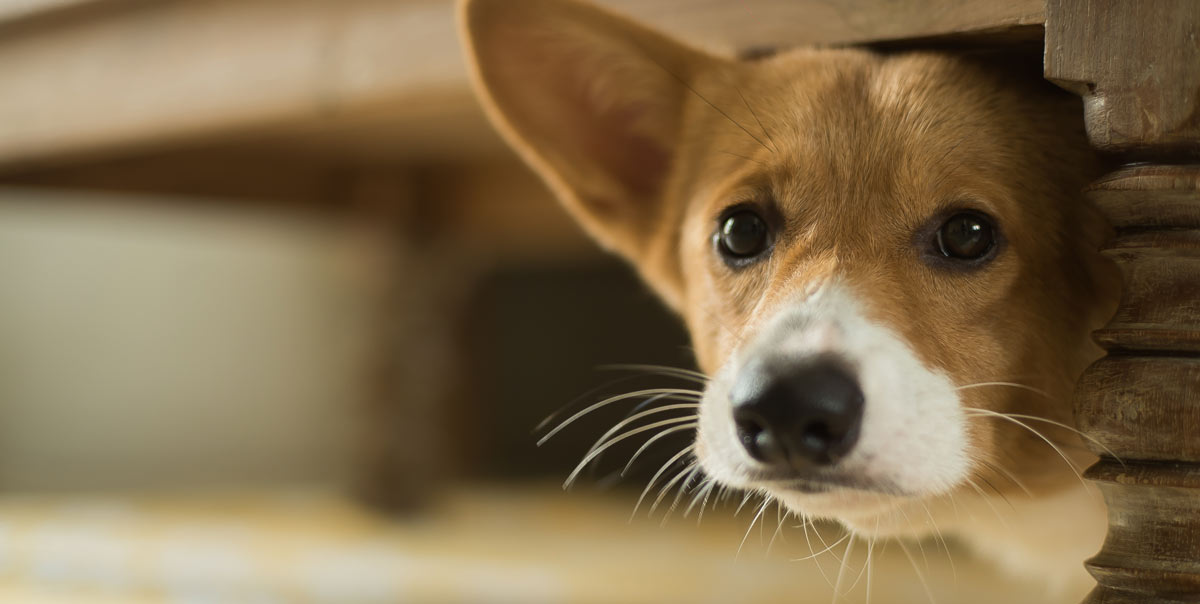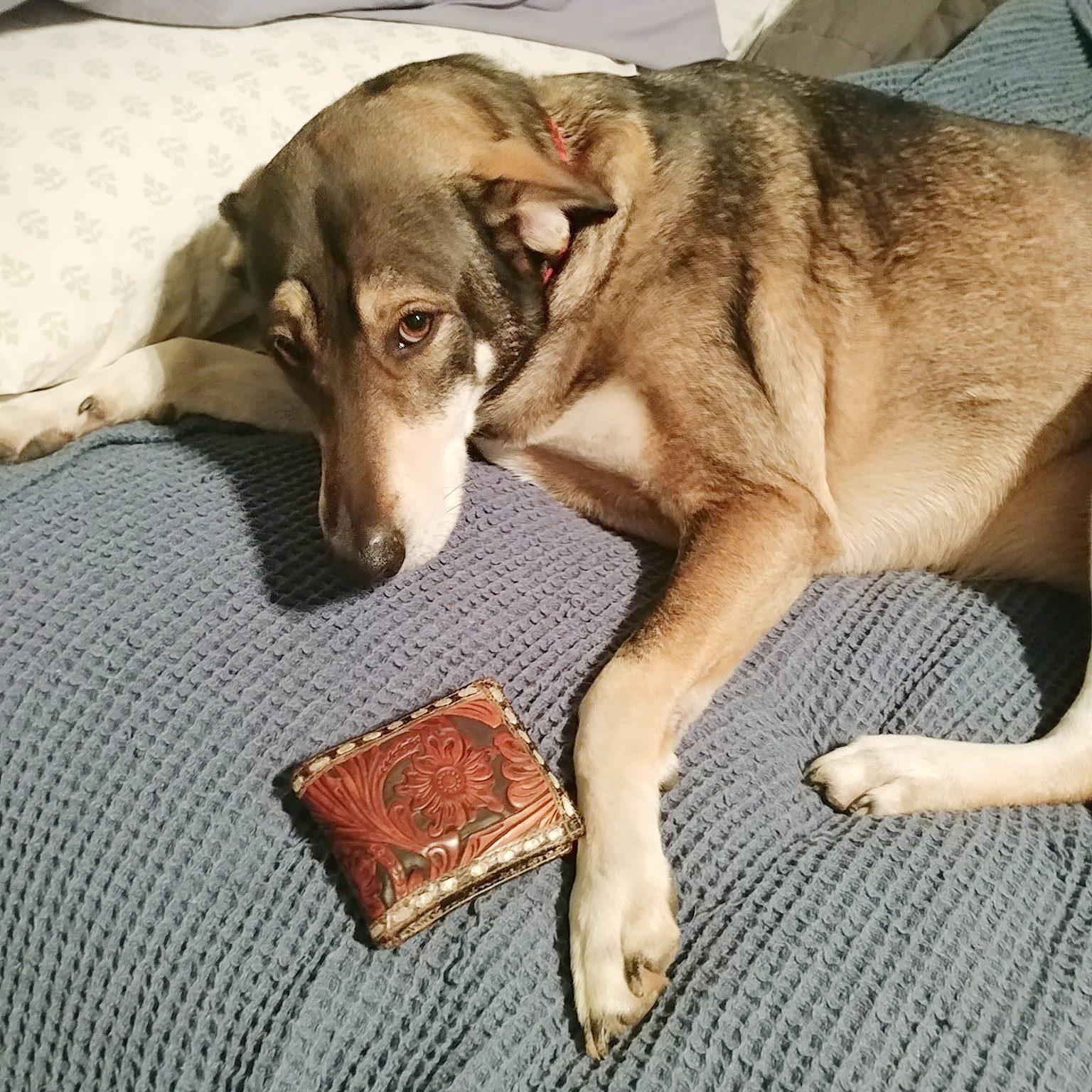As pet owners, we often find ourselves pondering the depths of our furry companions’ emotions. When a dog slinks away after knocking over a vase or gives you those big, sorrowful eyes after a misstep, it’s easy to attribute feelings of guilt to their behavior. But is there scientific evidence to support the notion that dogs can actually feel guilt?
In this article, we’ll explore the fascinating world of canine emotions, delve into the psychology behind dogs’ behaviors, and uncover what researchers have discovered about the feelings of our beloved pets. Join us on this journey to better understand your dog’s emotional landscape—because knowing what’s going on in their minds can help strengthen the bond you share!
Table of Contents
- Exploring the Psychology of Canine Guilt
- Recognizing Signs of Guilt in Your Dog
- How to Respond to Your Dog’s Guilt Without Punishment
- Building a Stronger Bond Through Understanding Dog Emotions
- Q&A
- In Conclusion
Exploring the Psychology of Canine Guilt
Many dog owners have experienced the moment when their furry friend appears to show signs of guilt, often after an incident of misbehavior. This behavior can manifest as averted eyes, lowered ears, or a submissive posture. However, research suggests that what we interpret as guilt may not be an actual feeling for dogs. Instead, they may be responding to our cues—our body language and tone of voice—rather than understanding the moral implications of their actions. This highlights the importance of distinguishing between true emotional experiences and conditioned responses in canine behavior.
To further understand this intriguing aspect of canine psychology, it’s essential to consider some key factors that contribute to the perception of guilt in dogs:
Conditioned Responses: Dogs often learn to associate certain behaviors with negative reactions from their owners.
Emotional Intelligence: While dogs may not feel guilt in the human sense, they do possess a level of emotional intelligence that helps them read their owner’s emotions.
Social Structure: Dogs are pack animals and have a natural instinct to seek approval from their “pack leader,” which can lead to behaviors that mimic guilt.
| Behavior | Owner’s Reaction | Possible Interpretation |
|---|---|---|
| Averted gaze | Anger or disappointment | Response to owner’s disapproval |
| Lowered body posture | Frustration or scolding | Desire to appease or avoid conflict |
| Tail between legs | Yelling or harsh tone | Fear of repercussions, not guilt |
Recognizing Signs of Guilt in Your Dog
Understanding your dog’s body language and behavior can give you insight into their emotional state, including feelings that may be interpreted as guilt. While dogs don’t experience guilt in the same way humans do, they exhibit certain signs when they are aware they’ve done something wrong or when you express disappointment. Look for cues such as:
Avoidance of Eye Contact: Your dog may turn their head away or refuse to look at you, a sign of submission.
If their tail is tucked between their legs, it indicates anxiety or apprehension.
Flattened Ears: Ears pinned back against the head can signal discomfort or fear.
Submissive Postures: Dogs might lower their bodies or roll over to show they mean no harm.
In addition to these physical indicators, your dog’s vocalizations can also hint at their emotional state. Some dogs may whine or whimper, responding to your tone of voice or body language. It’s essential to interpret these signs in context; while one behavior alone may not signify guilt, a combination may indicate that your pup understands they’ve crossed a boundary. Consider keeping track of typical behaviors in a simple table for clarity:
| Behavior | Possible Interpretation |
|---|---|
| Avoids direct gaze | Feeling submissive or anxious |
| Tails between legs | Sign of distress or fear |
| Low growls or whines | Expressing discomfort |
| Paw lifting or scratching | Nervousness or seeking attention |
How to Respond to Your Dog’s Guilt Without Punishment
Responding to your dog’s apparent guilt doesn’t have to involve punishment. Instead, focus on understanding their behavior and reinforcing positive actions. When you notice signs of guilt, such as cowering, avoiding eye contact, or a tucked tail, it’s essential to take a step back. Often, these signals are the result of your dog’s perception of your emotions rather than true guilt. Dogs are exceptionally attuned to their owners and may react to your disappointment or frustration. Instead of scolding, consider these approaches:
Redirect their attention: Offer a toy or engage them in a game to shift their focus.
Positive reinforcement: When they exhibit good behavior, reward them with treats or praise to build a strong association with desirable actions.
Training sessions: Utilize training as a time to bond and instill confidence in your dog, teaching them basic commands and tricks.
Engaging with your dog in a supportive manner not only fosters a healthier emotional environment but also strengthens your bond. You can create a framework for understanding their feelings by observing specific behaviors and responding with empathy. For instance, if your dog has chewed on something they shouldn’t have, instead of punishment, try to identify the root cause of the behavior. This can help shape a better understanding of your dog’s needs:
| Behavior | Possible Cause | Recommended Response |
|---|---|---|
| Destructive chewing | Boredom or anxiety | Provide more exercise and mental stimulation |
| Urination indoors | Excitement or lack of training | Reinforce potty training routines |
| Avoiding eye contact | Fear of your reaction | Use a calm voice and body language to reassure |
Building a Stronger Bond Through Understanding Dog Emotions
Understanding your dog’s emotional world is key to fostering a deeper connection with your furry friend. Dogs may not fully comprehend human concepts of guilt, but they do experience a range of emotions that can manifest as behaviors we often misinterpret. A dog’s actions following an undesirable behavior, like chewing your shoes or knocking over a houseplant, might come off as shameful, primarily when they notice your displeased reaction. Instead, these behaviors are often signs of anxiety or a desire to appease their owners. By learning to read your dog’s body language and vocal cues, you can better understand their feelings and respond appropriately.
Building a stronger bond requires patience and empathy. Here are some important emotions to recognize in your canine companion:
Fear: Signs include cowering, trembling, or hiding.
Joy: Look for wagging tails, playful barks, and enthusiastic greetings.
Stress: This can manifest as excessive barking, pacing, or loss of appetite.
Affection: Dogs show love through cuddling, licking, and following you around.
By being attentive to these emotional indicators, you can create an environment that helps your dog feel safe and secure. Establishing a routine, offering positive reinforcement, and engaging in regular playtime can deepen trust and enhance your relationship. The more attuned you become to their feelings, the more effectively you can communicate, ensuring both you and your dog enjoy a fulfilling bond.
Q&A
Q1: Do dogs experience guilt like humans do?
A1: While dogs may not feel guilt in the same complex way humans do, they can exhibit behaviors that humans interpret as guilt. Research suggests that dogs can experience emotions like fear, anxiety, and even some level of social remorse when their actions lead to negative reactions from their owners.
Q2: What signs might indicate that a dog feels guilty?
A2: Common signs of what we interpret as guilt may include a lowered head, tucked tail, avoiding eye contact, cowering, or rolling over to show their belly. These behaviors often appear in response to their owner’s reactions after a misbehavior, but they could also indicate other emotions like fear or submission rather than guilt specifically.
Q3: Can dogs understand the concept of right and wrong?
A3: Dogs do not have the same moral compass as humans. Instead, they learn through experience and associations. They may understand that certain behaviors lead to negative reactions from their owners and can modify their behavior accordingly. This learning process may look similar to remorse or guilt.
Q4: How can I help my dog if they seem to feel guilty?
A4: If your dog seems to exhibit signs of guilt after a misdeed, it’s important to avoid punishing them, as this can increase anxiety and confusion. Instead, focus on positive reinforcement by rewarding them when they behave well. Training commands and providing structure can also help your dog learn appropriate behaviors.
Q5: What role does a dog’s environment play in their emotions?
A5: A dog’s environment can significantly impact their emotional well-being. A stable, loving home with consistent rules and boundaries helps dogs feel secure, which, in turn, may reduce feelings of anxiety and the behaviors that are misinterpreted as guilt.
Q6: How can I better understand my dog’s emotions?
A6: Observing your dog’s body language and vocalizations can provide insight into their emotional state. Building a strong bond through play, training, and quality time allows you to learn more about their individual personality and emotional responses. Consulting with a veterinarian or a professional dog trainer can also offer valuable perspective on your dog’s behavior.
Q7: Is it possible for dogs to feel remorse?
A7: Dogs may show signs of remorse in reaction to their owner’s displeasure, but it’s not the same as human remorse, which involves an understanding of ethical behavior. Instead, dogs are likely responding to the emotional signals from their humans and recalling previous experiences associated with those signals.
Q8: Can I strengthen my dog’s emotional understanding?
A8: Yes! Engaging in activities like training, socialization, and interactive play can enhance your dog’s emotional intelligence. Consistent and positive interactions with their environment and family members foster trust and improve their ability to read and respond to emotional cues.
By understanding the nuances of our dogs’ emotions, we can cultivate a more empathetic and responsive relationship, ensuring they feel loved and secure in their home.
In Conclusion
while the notion that dogs can feel guilt as humans do is still a topic of debate among experts, what is clear is that our canine companions possess a rich emotional landscape. They may not experience guilt in the same way we do, but their capacity for emotions like affection, anxiety, and even excitement speaks volumes about their sensitivity to our reactions and their environment. Understanding these emotions can deepen the bond we share with our pets and enhance our interactions with them.
Remember, your dog’s behavior is often a reflection of its feelings and experiences. By being attentive to their cues and providing a supportive, loving environment, you can help your furry friend navigate their emotions effectively. So, the next time your pup gives you that “guilty” look after a little mischief, take a moment to consider what they might be feeling—and how you can respond with understanding and compassion. After all, fostering a strong emotional connection with your dog is the key to a happy and fulfilling companionship!

















